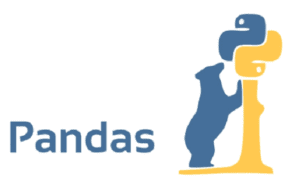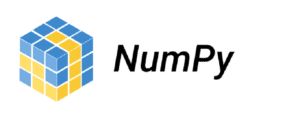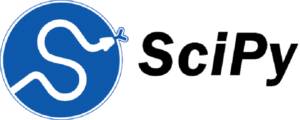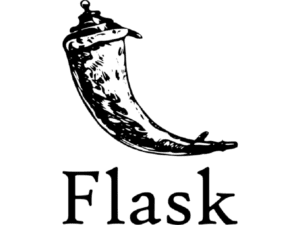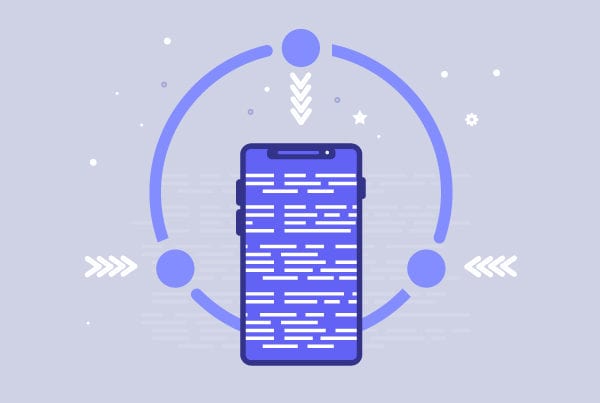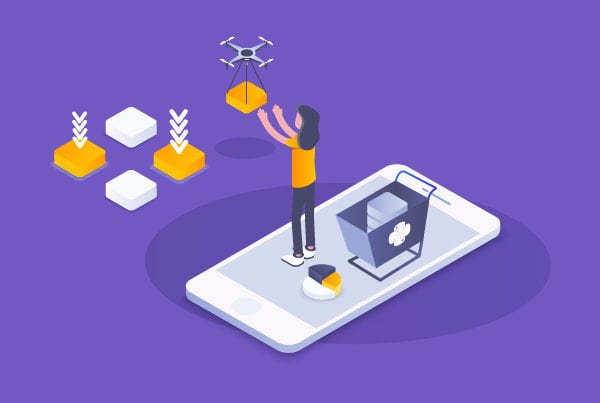Go vs Python
At some point, almost all development teams have to choose the best language to use for their software. That is why, in this article, we’ll be comparing Golang vs Python based on different attrasaibutes to help you decide which language is best suited for you and your team. More specifically, these are the attributes we’ll be looking at:
- Performance
- Scalability
- Applications
- Learning curve
- Rapid prototyping
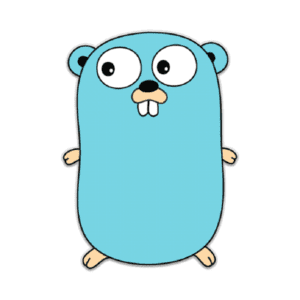
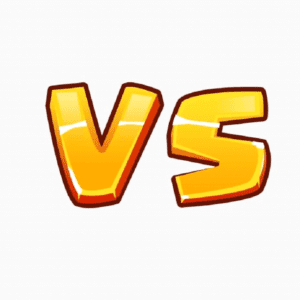
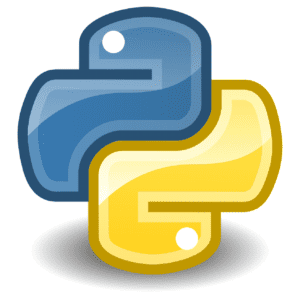
We’ve chosen Golang vs Python as these two programming languages are often compared in the business community because they are not only good for creating web applications but also help automate business-related tasks.
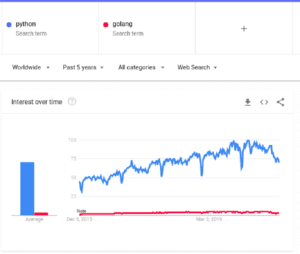
Before we get around to comparing Golang and Python, however, let us start by introducing you to these languages.
Speaking of Golang (Go)
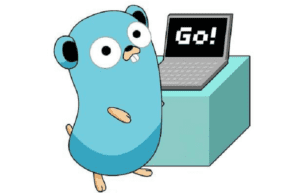
Developed by Google back in 2009, Go was a solution to a problem. Its aim was to create a language that took away all the baggage and excesses found in languages such as C++. This gave it a performance and speed boost that makes working with it a delight. Plus, most developers picking up Go for the first time will not be left adrift since its familiar elements and ease of use lend a helping hand.
This language supports concurrent programming and also allows you to run multiple processes simultaneously.
Let’s see an example….
Imagine you run an e-commerce store that takes orders from customers, checks inventory and charges for orders. In this case, each functionality is relatively small so, if you have a website built with Go, you can expect improved maintainability for relatively small services and an application that is easier to test and deploy effectively.
A Python’s tale

Some developers think that Python’s where it all starts and ends. It has gained a cult-like following because it is an excellent programming language. The internet is filled with wonders that were created using Python.
Python is capable of unleashing its full potential when used in web development, machine learning and fintech. Moreover, thanks to its scalability, it is also popular among startups.
However, when looking for a tech partner who’ll help you launch your Python project, make sure they are working with Python 3 as the previous version of the language became obsolete in early 2020.
Language simplicity means faster backend development
To give you a practical example, if you were to code the same functionality using Java, it would take three to five times longer than with Python. The equation is simple here: fewer lines of code mean faster development and easier maintenance.
Golang vs Python: Performance
There are a lot of practical tests for API response time and, on this front, Golang is the absolute winner. Python is a great language, but its performance isn’t the best for use cases such as serialization/deserialization, ranking and aggregation. There are cases with NoSQL databases such as Cassandra where it will take less time for the engine to retrieve data than for Python to turn it into objects.
Golang vs Python: Scalability
Building a truly scalable application is an art. If a system does not scale, it can be a problem for any business.
So, Google developers created Golang to help solve problems that are at Google’s scale. This involved thousands of programmers working on a large server software hosted on thousands of clusters. Therefore, Golang has support for concurrent process channeling.
Python has a really hard time with concurrency, but can implement parallelism through threads.
However, when it’s all said and done, Golang takes this one as well.
Golang vs Python: Applications
There isn’t a clear winner for this category. On one hand, Python is widely used in the field of data analytics, artificial intelligence, deep learning and web development.
This is thanks to the amazing libraries Python offers which make developers’ lives easier.
Golang, on the other hand, is mostly used for systems programming. Due to its concurrency support, it also has been used in cloud computing or clutter computing. When it comes to good libraries, it also has a few interesting ones.
But, given that Python can be used in more diverse fields, and the number of amazing libraries available for it, let’s give it this point.
Golang vs Python: Learning curve
If you’re new to coding, you may be looking at different aspects of your programming language than someone who wants to write an advanced physics simulator for wormhole experimentation. For example, you may want to learn a small language, one that does not imply learning complex syntax, or a flexible language that lets you express yourself more naturally.
Go is a small language, it doesn’t have many different ways to do the same thing and there aren’t many features built into the language to cover every possible thing you might want to do. In contrast, Python has more features: classes, lambdas, tuples, iterators and many more.
But, even though it has many more features, Python still feels natural. Just take a look at the following snippets. This first one is written in Python:
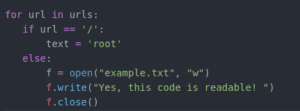
As you can see, it’s pretty straightforward. Next, let’s take a look at this other function using Go:
func Filter(vs []string, f func(string) bool) []string {
vsf := make([]string, 0)
for _, v := range vs {
if f(v) {
vsf = append(vsf, v)
}
}
return vsf
}
Go may be simple, but that’s not the same as easy. If this language is new to you, it can be hard to figure out what a line of code is meant to do. If you’re taking your first steps in programming, Python will grant you an easier and more pleasant experience.
Golang vs Python: Rapid prototyping
Often in software development, a project’s requirements are not detailed in advance. Instead, a team may just want to get something up and running that proves the concept and gives results in a simple prototype they can show users, to get feedback and iterate over the product.
Python is excellent for this as it allows developers to get their thoughts down quickly in a form that looks almost like English, and results in a program that will probably run. Python’s dynamic typing is very forgiving as you don’t have to worry about knowing exactly what something is.
In contrast, Go is strict. It’s statically typed which means the compiler insists on verifying every file you pass to a function before executing it. This can make the programming experience feel a bit like doing paperwork just for a proof of concept.
Final thoughts
Golang vs Python, both deserve serious consideration. If at all possible, you should aim to have at least some level of experience in both as it will help you in any tech career, or it might even be enjoyable as a hobby.
Both have benefits, depending on what your goal is. There is still a lot more that remains to be seen regarding Go’s applicability and its potential to reach the same levels of Python in terms of industry adoption. As of now, Python continues to be the winner in terms of languages used across different industries and it is likely to continue holding this title in the near future.



